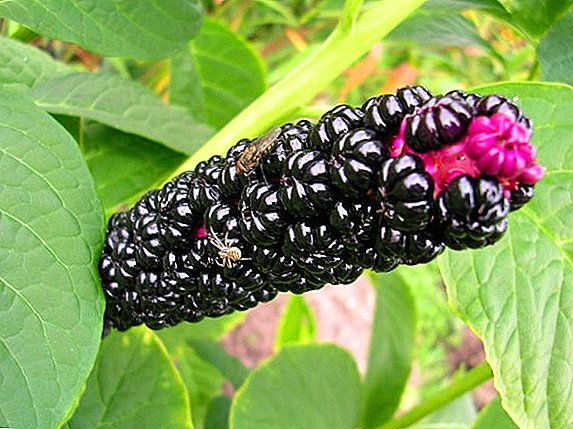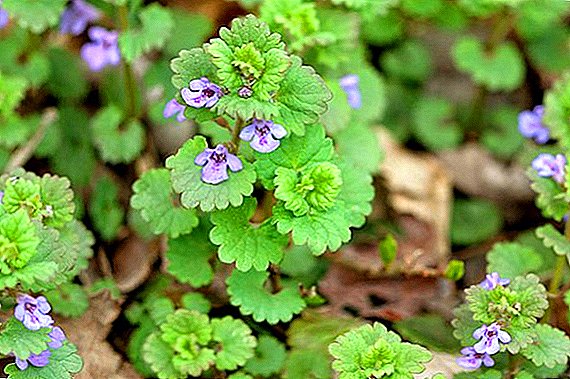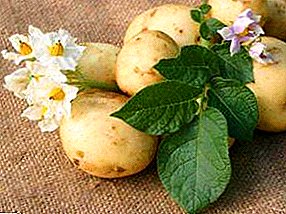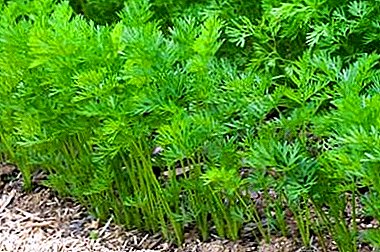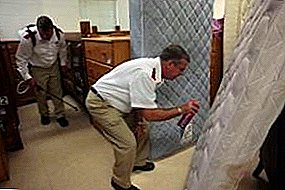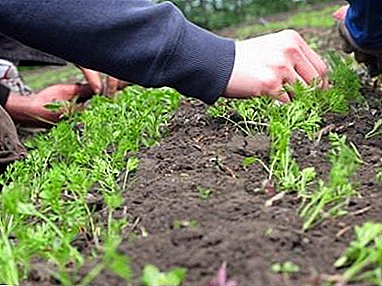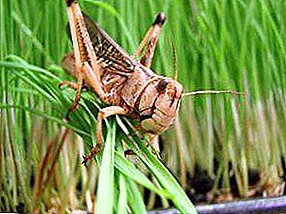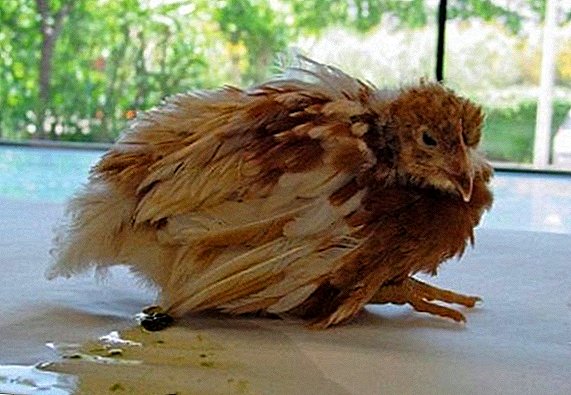 If maintenance and feeding conditions are not followed, poultry farmers may face such a problem as poisoning of chickens. The source of poisoning can be as poor-quality food, and any toxic substances that curious birds could find on the site during free-range. Poisoning can have varying degrees of severity, but in any case it is necessary to find the root cause and eliminate it, otherwise the loss of livestock can be huge.
If maintenance and feeding conditions are not followed, poultry farmers may face such a problem as poisoning of chickens. The source of poisoning can be as poor-quality food, and any toxic substances that curious birds could find on the site during free-range. Poisoning can have varying degrees of severity, but in any case it is necessary to find the root cause and eliminate it, otherwise the loss of livestock can be huge.
What is poisoning?
Poisoning is a complex disorder of the body as a result of the ingestion of a toxic substance. In the process of intoxication, the work of many systems and organs is disrupted.
Poisoning can have the following effects depending on the type of poisons and the amount:
- Super acute intoxication. This type affects the central nervous system, there is an acute violation of coordination, convulsions. Death to the feathered comes within a few hours.
- Acute intoxication. The organism is once or briefly exposed to intoxicants. In acute form, the clinical picture is very pronounced. Acute poisoning occurs as a result of a large number of potent substances.
- Chronic intoxication. With this form, the body for a long time is regularly exposed to intoxicants (in small quantities or weakly acting). The clinical picture may be expressed or absent.
Important! Due to the fact that in birds, taste sensitivity is extremely poorly developed in comparison with animals, they can eat a dangerous substance without feeling anything. However, it is in birds that food poisoning is very difficult.

Toxic agents may be:
- poor quality, contaminated, expired, spoiled feed;
- poisonous plants and seeds;
- toxic chemicals;
- acids and alkalis;
- mushrooms
Intoxication is accompanied by the following clinical picture:
- weakness, apathy, lethargy and depression;
- increased anxiety and irritability;
- convulsions, paralysis, limited movement;
- lack of response to external stimuli;
- lack of appetite;
- vomiting;
- changes in defecation (diarrhea, sometimes with bloody impurities, discoloration of feces to green or yellow);
- increased thirst;
- general mortality.

Depending on the type and dose of the toxic agent, the symptoms may vary. Due to inexperience and ignorance, the poultry farmer may not pay attention to the strange behavior and the atypical state of the bird, which signals the first stage of poisoning.
We advise you to read about how to get rid of ticks, lice, worms and fleas in chickens.
It is at this stage that the intoxication can be eliminated more easily, faster and with less damage to the health of the chicken. Usually after the onset of the action of a toxic agent, the bird tries to retire, clogs up in a corner, crested, refuses to eat, and stops responding to stimuli.
Further the digestive upset is connected, gradually the bird weakens. In severe cases, motor activity is disturbed in the form of convulsions and paralysis.
In any case, when an alarming clinical picture is found, it is necessary to analyze the food and conditions of detention in order to calculate the cause of the poisoning. If possible, always contact an experienced veterinarian. 
Chemical poisoning
Toxic chemicals can reach the feathered in various ways. Sometimes they get with food, in conditions of unsanitary conditions in the house can form a lot of toxic substances as a result of vital activity of birds (ammonia, carbon dioxide, hydrogen sulfide).
It is also possible that particularly curious chickens can find some toxic substances on the site. Often intoxication occurs as a result of improper use of medicines, disinfectants, paints and varnishes. Next, consider the most common types of toxic agents of chemical nature.
Caustic alkali
Caustic alkali is a water-soluble alkali metal hydroxide. Most often, it is poisoned as a result of inadequate ventilation of the poultry house after being treated with slaked lime or caustic soda (caustic soda). 
Signs of intoxication:
- difficulty breathing, shortness of breath, choking;
- swelling of the eyelids, head, neck;
- conjunctival inflammation;
- salivation;
- convulsions;
- redness of the beak and earrings;
- decrease in body temperature.
It will be helpful for you to read about how to treat and prevent diseases of chickens and adult chickens.For relief of symptoms of poisoning, lactic acid diluted with water (1 ml of the substance per 20 ml of water) can be used and otpaivat the bird three times a day. Eyelids should be washed with clean warm water.

Arsenic
Arsenic poisoning most often occurs during careless storage of pesticides or accidentally eating baits to kill rodents. Depending on the amount of substance eaten, there may be acute or chronic poisoning (with frequent small doses).
The clinical picture of acute intoxication:
- cyanosis of scallops, earrings;
- lowering body temperature;
- weakness;
- thirst;
- drooling, difficulty swallowing;
- pain on palpation goiter;
- dilated pupils;
- coma.

In chronic poisoning, the manifestations are as follows:
- diarrhea (fecal watery, painted white, sometimes with blood impurities);
- depletion and weight loss.
Important! With a large intake of arsenic in the body, the prognosis is extremely unfavorable. This substance may cause rapid mass mortality of the bird.
An effective remedy against arsenic poisoning is Unithiol. This substance acts as a specific antidote for arsenic. For veterinary purposes, "Unitiol" is available in powder form.  For oral administration, chickens are prepared with a 10% solution: 1 part of the powder is diluted with 9 parts of water, the course of treatment lasts 8-10 days. In the absence of this drug, you can apply a solution of potassium permanganate (1:20). Give orally every 15 minutes for 1-2 days.
For oral administration, chickens are prepared with a 10% solution: 1 part of the powder is diluted with 9 parts of water, the course of treatment lasts 8-10 days. In the absence of this drug, you can apply a solution of potassium permanganate (1:20). Give orally every 15 minutes for 1-2 days.
Copper and zinc
Zinc poisoning occurs as a result of exceeding the dosage of the element in feed additives, as well as during long-term storage of feed in galvanized containers. Zinc has a negative effect on the mucous membrane of the digestive organs, disrupts redox processes, accumulates in the internal organs, which inevitably leads to violations in their work.
In the case of chronic intoxication the following symptoms are observed:
- growth retardation;
- anemia;
- exhaustion;
- lack of appetite and thirst;
- muscle weakness;
- depressed state.

For recovery from the diet you need to eliminate any feed containing zinc, and add the mixture with copper and iron.
Did you know? There are only a few poisonous species among mammals. One of these is caustic. The peculiarity of the creature is that it does not have an antidote to its own poison, so the animals often die during fights even from minor wounds.
Copper poisoning occurs due to exceeding the dosage of the trace element in additives, in case of accidental ingress of copper salts inside as a result of careless storage. Copper is found in many pesticides, fungicides. With copper intoxication, exhaustion, dystrophy and stunting (in young animals), anemia are observed.
In chronic poisoning, you must exclude feed containing this element. In the acute form, a 40% glucose solution (0.5 ml / kg body weight) or Uniol intramuscularly (4 mg / kg body weight) can be administered intravenously over 10 days. 
Feed poisoning
Food poisoning is another frequent phenomenon that can have very serious consequences for birds. Intoxication occurs as a result of storing food in improper conditions, near toxic chemicals, when feeding spoiled food (especially of animal origin), when accidentally feeding poisonous plants.
Read more about how and how much to feed domestic chickens, as well as how to prepare feed for birds with your own hands.
Cooked salt
The clinical picture is manifested after only a couple of hours from ingestion. When severe intoxication birds usually do not live longer than 2-4 days. Often the cause of poisoning is the feeding of feathered salted fish. A deadly dose of 3-4 g / kg is considered.
Main symptoms:
- increased thirst;
- decrease or lack of appetite;
- depressed state;
- rapid breathing;
- convulsions, paralysis and paresis, impaired coordination;
- loose stools;
- severe depletion of the body.

To normalize the condition, you can unsolder the birds with a 10% glucose solution for 2-3 days. Chickens should be given as much as possible to drink, if the bird does not drink itself, the liquid must be injected through a probe.
Many owners of chickens are looking for answers to such questions: how to treat diarrhea in chickens, why chickens go bald and fall to their feet.
Beneficial effects of flaxseed decoction for poisoning with sodium chloride. To prepare the mucous infusion of flaxseed, pour raw materials with hot water (1:30), insist half an hour, shake. Give instead of water for three days.
Sweet
At first glance, a rather unusual intoxication. Occurs when feeding a rotting or boiled and slowly cooled root. When cooking beets and prolonged cooling in the vegetable nitrites are formed. Particularly dangerous in this regard, dining red variety of root vegetables. It is also dangerous to give spoiled beet tops. 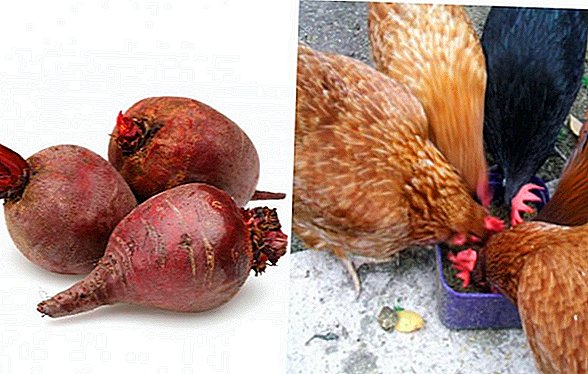 To prevent intoxication, feed only feathery fresh, clean, high-quality beets and tops. If you give boiled vegetables, you need to follow the rules of cooking: cook for no more than 3-6 hours, then drain and rinse, cool for a short time.
To prevent intoxication, feed only feathery fresh, clean, high-quality beets and tops. If you give boiled vegetables, you need to follow the rules of cooking: cook for no more than 3-6 hours, then drain and rinse, cool for a short time.
Important! Although at first glance chickens seem to be omnivorous, not every food is suitable for their diet. Like most species, they can not be fed low-quality products, leftovers and scraps, spoiled food from your table.
In case of severe intoxication, a solution of methylene blue (0.01 g / kg body weight) should be administered intravenously once.
Find out what is the use of beets, as well as how to cook it correctly and quickly.
Potatoes
There are frequent cases of potato poisoning in early spring and summer, when germinated, green and spoiled tubers get into the feed for birds. They are very dangerous for birds because of the high concentration of glycoalkaloid solanine. 
In case of poisoning, the clinical picture appears after a couple of hours:
- the bird is crested, the general condition is depressed;
- lack of response to stimuli;
- diarrhea;
- rapid breathing;
- high temperature;
- stiffness, convulsions and paralysis.
If you suspect poisoning with poor-quality tubers, you need to wash the bird's goiter with a 0.1% solution of potassium permanganate, then decorate the flax seeds (use the above recipe). It is necessary to consult with your doctor regarding further treatment. 
Fusariotoxicosis
A very dangerous disease of birds, especially for young. Poisoning occurs as a result of eating substandard plant and animal feeds infected with fungi of the genus Fusarium. Falling young birds may occur 1-3 days after eating food, adult chickens die after 7-10 days.
Clinical picture:
- depression, weakness, drowsiness;
- lack of appetite;
- blue scallops and earrings;
- ruffled feathers;
- bloody diarrhea;
- necrotic mucosal lesion.
If you suspect fusariotoksikoz should immediately stop giving the affected food, replace the litter in the house. For treatment, you should consult with a veterinarian for the selection of a laxative drug, you can also remove the bird with 1% soda solution and flax decoction for 2-3 days. 
Important! Meat of poisoned birds cannot be used for food, as well as for feeding animals, due to its toxicity.
Meat and fish feed
Sources of poisoning can be various animal products: meat and bone and fish meal of poor quality, poorly processed incubator waste, spoiled meat and fish, stale raw meat.
Symptoms in case of animal feed poisoning are as follows:
- lack of appetite;
- bloody diarrhea;
- oppression;
- lowered wings;
- ruffled plumage;
- gross violations of the central nervous system (paralysis, convulsions), impaired coordination.

If you suspect this type of poisoning, it is urgent to exclude feeding with animal products, water the livestock with a solution of potassium permanganate (0.1%) and a decoction of flax seeds according to the above recipe.
Plants and seeds
Usually poisoning plants and seeds - an infrequent phenomenon, as the birds themselves well distinguish edible greens from dangerous. However, if the territory for walking grows poisonous grass, it is possible that one day it can be eaten by birds.
Plants like celandine, burdock, jaundice, hellebore and horse chestnut also pose a health hazard to birds.
Before letting chickens on the run, carefully inspect the area and, if necessary, remove such plants from the root:
- broom;

- agrostemma (cockle);
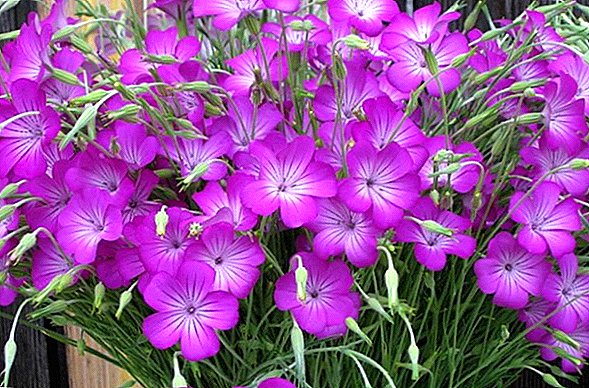
- black nightshade;

- black henbane;

- belladonna;

- hemlock;
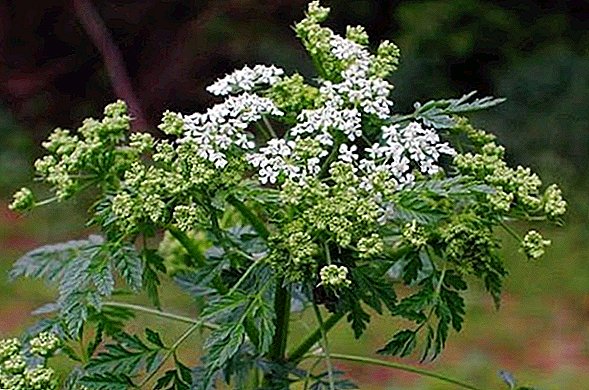
- hellebore;
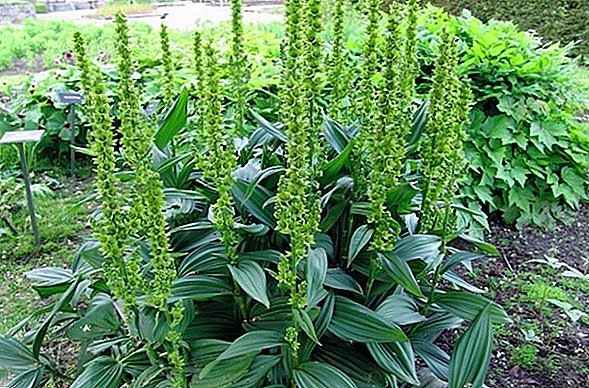
- elder;
- inflorescences of potatoes;

- juniper.


Did you know? In Chinese cuisine, there is a popular snack called "WITHthicker egg". It is prepared using caustic soda: an egg is soaked in alkalis and wrapped with food film. In this form, it lasts from 20 days to several months, after which it becomes similar to a hard-boiled egg with a pronounced ammonia odor.
Intoxication in birds can occur as a result of the action of many substances. The result may be very different: from a slight malaise to a fatal outcome of a significant part of the population.
In order to prevent mortality among chickens, it is necessary to strictly monitor the quality of feed, keep them under all the rules, prevent the feeding of poor-quality leftovers, and keep toxic chemicals in inaccessible places. Sanitation will also reduce the risk of intoxication among birds.
Feedback from their network














